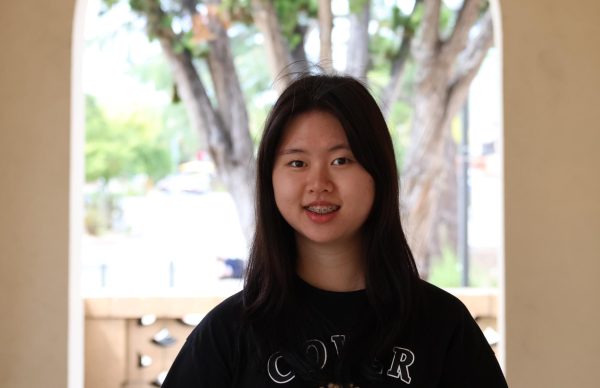The word “disability” often leads people to imagine wheelchairs, prosthetics and handicapped parking, but in reality, at least 10% of Americans have a disability that can not be discerned with the naked eye, according to a 2015 University of Massachusetts Amherst survey.
Asthma, forms of cancer, eating disorders and mental health conditions are all part of a long list of hidden disabilities. However, the actual number of people with seemingly invisible disabilities varies, as some people are either unaware of them or are unwilling to disclose them.
Stanford radiologist Peter Poullos said a common misconception and attitude toward hidden disabilities is “if you look fine, you are fine.” He said many assume that if a person does not have visible signs of a disability or illness, they do not face strenuous challenges or impairments that affect their day-to-day lives.
“People with disabilities that are easy to understand are given more credit,” Poullos said. “This is the case with physical disabilities where people in wheelchairs can be seen as ‘courageous’ or ‘inspirational,’ whereas those with less readily understandable or undiagnosed illnesses are told that it is all in their head.”
Poullos also said many people with hidden disabilities even face skepticism from their own physicians and family members, rather than empathy or understanding.
“Behaviors or needs associated with hidden disabilities can be misinterpreted as laziness, rudeness or lack of interest,” Poullos said. “I met a woman who was fired from her job after having an absence seizure during lunch and zoning out for around a minute. Her colleagues at the table thought she was ignoring them and being rude.”
Sophomore Kate Nelson, who has type 1 diabetes and uses a Continuous Glucose Monitor and insulin pump, said having diabetes significantly affects her day to day life, even though others may not be able to see her challenges physically.
“I do cross country and track and field, and exercising with diabetes can be really challenging,” Nelson said.
Nelson also said it is crucial that schools provide the help required through disability accommodations programs, which can help close gaps in the education system.
“I can get testing accommodations, such as (extensions or) extra time,” Nelson said. “If my blood sugar is out of a safe range then I can take tests at a different time.”
In her experience, Nelson said her diabetes is recognized and understood by peers and educators for the most part, and she has never been given a reason to feel uncomfortable about the medical devices on her arms or disclosing that she has diabetes.
“The biggest thing about diabetes is that people are confused when comparing type 1 and type 2 (diabetes),” Nelson said. “However, a majority of the time people who try to talk to me about diabetes make an effort to either be well-informed going into the conversation or actually seem to pay attention when I’m trying to explain to them what I have.”
Furthermore, Poullos said schools can better support students with hidden disabilities by educating staff and students about hidden disabilities and should strive to make personalized accommodations.
Poullos said, “The area (of hidden disabilities) is continuously evolving, and advancements in technology, policy and societal attitudes hold the potential for significant improvements in the support and inclusion of individuals with hidden disabilities.”


